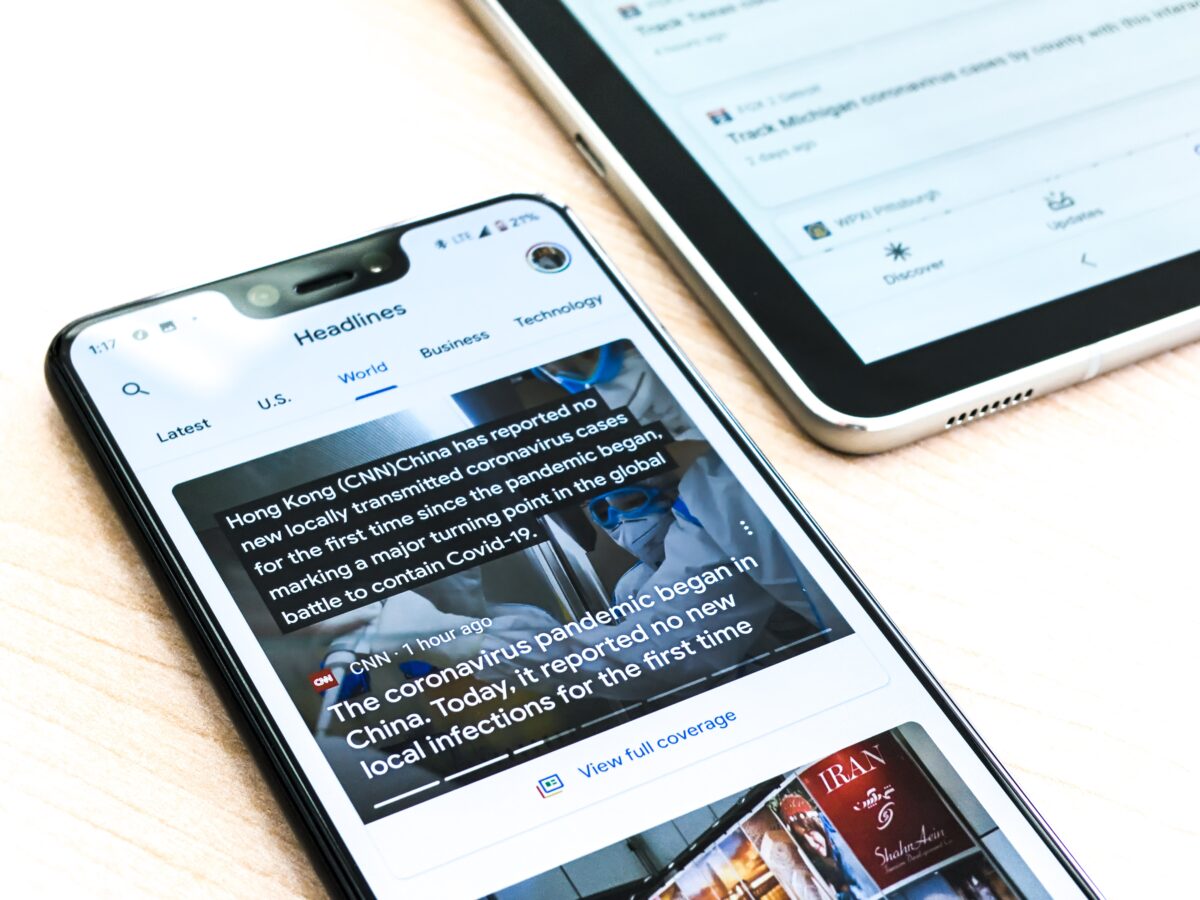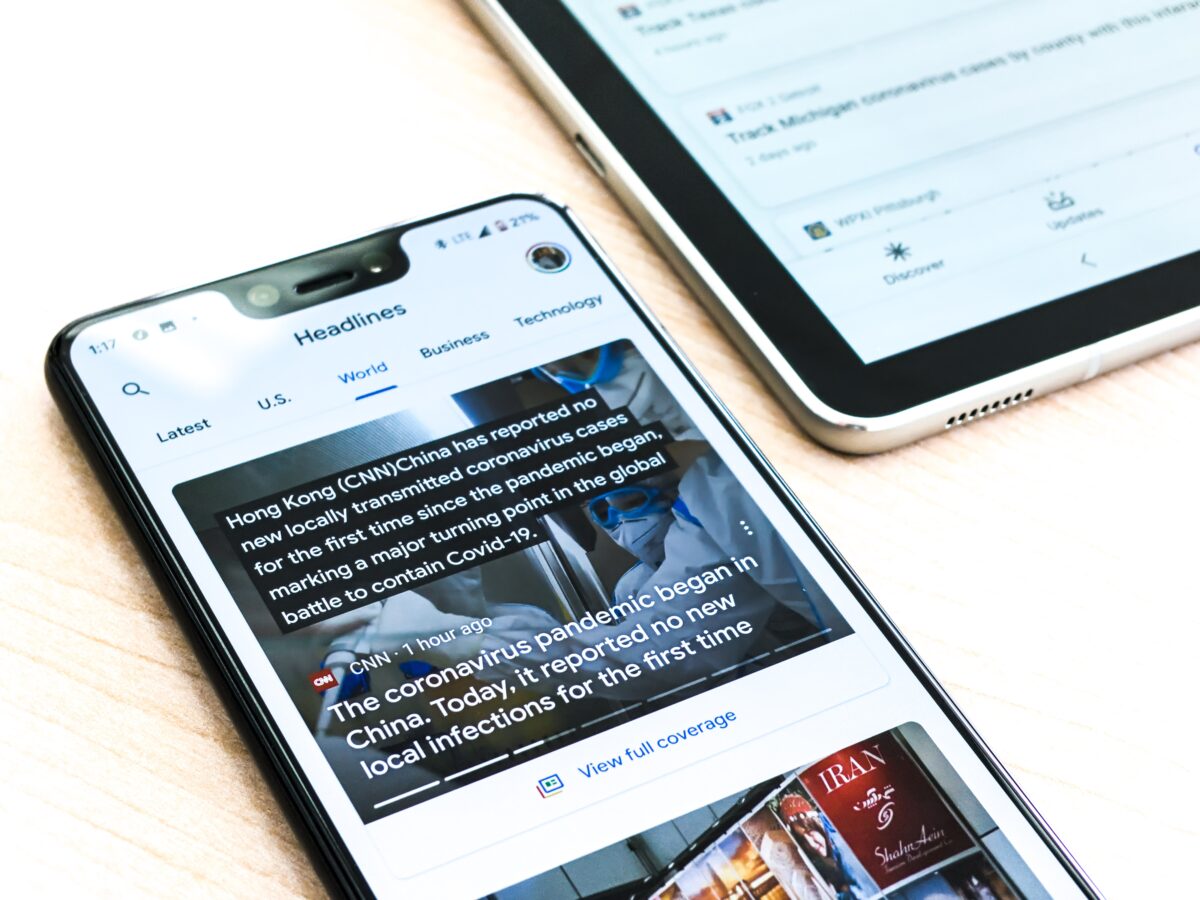

Passive sentence construction can drain the power and focus of your writing.
In general terms, passive voice means a combination of a verb with “was,” “is,” “were,” “will be,” or any other form of the verb, “to be.” The accompanying verb will usually end in “ed.”
Here is an example.
Passive: The first day of my new position will always be remembered by me with terror.
Active: I will always remember the first day of my new position with terror.
In this instance, be remembered and remembered are, respectively, the passive and active forms.
The meaning of this sentence has a lot of potential power. “Terror” activates strong emotion. However, “be remembered” distances the emotional impact. “Remember” in its active form makes it more immediate.
Sometimes Passive Voice is Appropriate
Writing has its rules, but none of them are ironclad.
The most common use of passive voice is in situations where either we don’t know or don’t care who caused a situation.
“In the resulting shootout, three people were killed.”
We don’t know who killed them, and to say, “In the resulting shootout, three people died” doesn’t specify the violent nature of their deaths.
“She was robbed.” Again, we don’t know who did it. Rewriting the sentence to say, “An unknown person robbed her” would subtract from the impact of the act. People might focus on wondering who this person was, but the important fact is that she was robbed.
“Her teeth were shaped like daggers.” We don’t care who shaped them, and we don’t want to meet her.
“The meat was overcooked, but we were hungry and ate it.” We don’t care who overcooked it. Hunger is the point of this sentence.
Why People Often Use the Passive Voice
People usually write technical or business pieces in passive voice. That, I suppose, gives them a distant and impersonal tone that someone decided long ago was appropriate to such writing.
Unless you are writing such a piece, you don’t want a distant and impersonal tone. You want to communicate with your reader. You want them to feel that you are writing for them. Active verb forms convey this.
Author Stephen King believes that passive form suggests a kind of timidity about direct assertion. He suggests that cautious, unassertive authors take refuge in the tone of technical writing.
If you come from a technical writing background, I recommend that you pay special attention to searching your writing for use of passive voice, as it will be automatic for you. You’ll see how much more alive your writing becomes with the increased use of active voice.
Authorities generally recommend that no more than ten percent of your verb constructions be passive. That doesn’t mean you need to eliminate this form entirely.
Use it deliberately to vary your sentence construction.
No rules in writing are ironclad. What matters is whether you’re breaking one out of ignorance or on purpose. In other words, know the rules and break them only when it improves your writing.
Pat Iyer is one of the founding members of the C-Suite Network Advisors. She is an editor, ghostwriter and online course creator. Connect with her on patiyer.com.

















